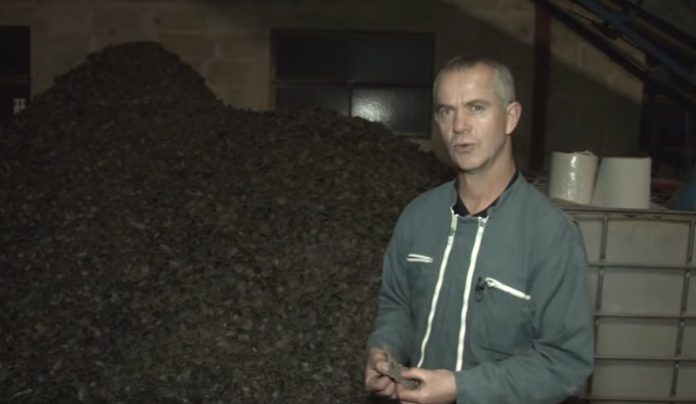A biomass power plant is able to produce electricity and heat through the use of a boiler. Biomass is organic material and it is burned within the boiler so that steam can be produced or water can begin to boil. This will cause the turbines within the biomass power plant to begin turning, which is how electricity can come to be generated.
Instead of burning coal, oil, or natural gas, biomass typically relies on wood chips, other forms of wood residue, and even specifically grown items that are meant to be burned for biomass.
The biomass fuel is stored for transportation to the boiler. Within the boiler, water will be heated to a high temperature while it is also placed under pressure. This is what creates the steam, which then moves the turbine, which is connected to a generator. The steam can then be passed along to other resources, such as a water heater, so that the costs of creating hot water can be reduced.
What is the Advantage of Biomass?
There are three distinct advantages that can be obtained through the use of biomass for our energy needs today.
1. It has the potential to be carbon neutral once built. Once the power plant has been built, sustainable growing practices can help to create an energy product method that is carbon neutral. Although the burning process will release carbon and other emissions, the biomass being grown for future consumption can absorb an equal amount of emissions.
2. It has the potential of reducing our waste. We have many organic waste products that could be burned in order to create energy. In some landfills, organic matter accounts for over 80% of the waste that is deposited. Through biomass, this gives us the opportunity to create a resource from something that we already use.
3. It has the potential to create jobs. There needs to be people growing and processing biomass in order for it to be burned. Jobs are needed in the plant to make sure all of the equipment and resources are functioning as they should. By building up this infrastructure, we are literally investing in ourselves as we create a better use of the products we’re already using.
For electricity generation, we have three types of biomass that are currently used on a frequent basis. Forest products are the most popular, with woody biomass producing byproducts from lumber projects that can create energy solutions. Bark, sawdust, pellets, and briquettes are all cost-effective to transport, do not require us to consume new lumber for electricity, and are items that would generally be disposed of by the industry.
Certain waste products, including sewage, processed wastewater sludge, and other degradable wastes can also create biomass energy. Even household wastes can be converted into biogas.
The third option is the one with the most potential. Energy crops are not offered on a large scale because of the ethical concerns of growing crops for electricity instead of food. Should demand increase for biomass, the creation of energy crops would lessen the pressures placed on our woodlands, allow for short rotations, and this would allow us to manage our lands in a way that is quite sustainable.
What Are the Benefits of Using Biomass?
The advantages of using biomass is clear. This is because there are specific benefits that biomass will typically offer for each community. When all aspects of the energy production cycle are examined, including the mining and transportation of fossil fuels, the use of biomass can lead to a lowering of emissions throughout the entire energy chain. It is estimated that 80% of the total carbon emissions for an area can be eliminated through the conversion to biomass from fossil fuel fired plants.
Yet this isn’t the only benefit that biomass offers. Many coal-fired plants already have the structures in place to use biomass as a fuel. Because of this, we are seeing an increase in the number of co-firing plants that can replace some of their coal with biomass to reduce carbon emissions. Some coal-fired plants could even be readily converted into biomass plants for a minimal investment, prohibiting the need for construction emissions to be released.
At the moment, biomass accounts for less than 5% of the total energy production that the world sees today. As this technology improves and innovates, the lack of overall emissions and ability to create a sustainable resource make it an attractive power generation option that more communities may embrace in the future.
Crystal Lombardo is a contributing editor for Vision Launch. Crystal is a seasoned writer and researcher with over 10 years of experience. She has been an editor of three popular blogs that each have had over 500,000 monthly readers.


















